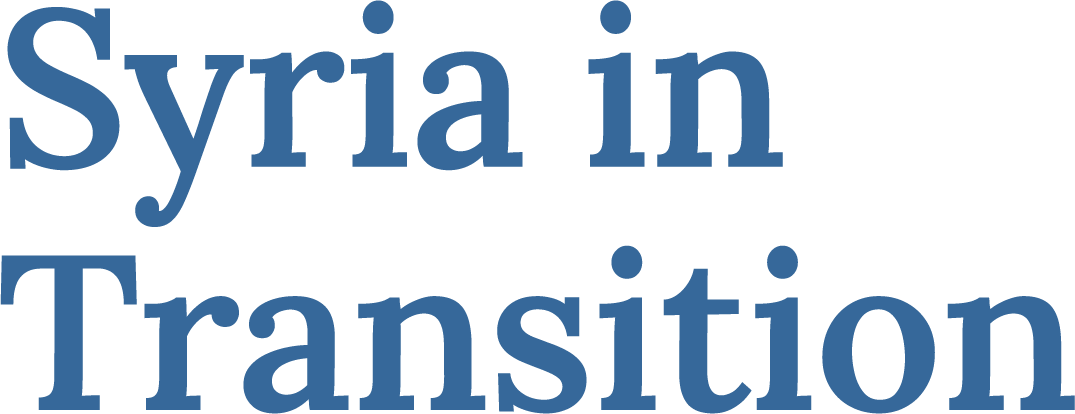In: Issue 2, July 2023
The best of bad options
Erdogan’s third way on refugees
Recep Tayyip Erdogan’s victory in the May election was not exactly a cause for universal celebration. Internally, the six-party opposition coalition headed by CHP leader Kemal Kilicdaroglu is unravelling amid widespread dejection and calls for him to resign. Externally, the Western capitals that hoped the opposition would win now have to deal with a Turkish leader who is more confident and assertive than ever. Now into his third decade in power, Erdogan is regarded with deep suspicion for his national-Islamic agenda and pursuit of a foreign policy independent of the EU and NATO. Yet he continues to be an ally and Europeans should continue working with him. This is especially the case if progress is to be achieved on sustainably stemming refugee flows.
Erdogan’s mandate is to revive the ailing economy, defeat the PKK, and send Syrian refugees home. On the latter, he has charted a careful third way. He refrained from the xenophobic rhetoric adopted by Kilicdaroglu, who called for working with Assad on returns and promised to send all Syrians back within two years. Indeed, the opposition’s anti-Syrian and anti-refugee stance became its main election platform. The West looked the other way as racism was whipped up by its preferred candidate, perhaps considering it a price worth paying.
Erdogan, on the other hand, admitted that the status quo was untenable; but also publicly and vocally opposed the forced repatriation of Syrians on legal, humanitarian and Islamic solidarity grounds. He stressed the need to build new homes and secure a safe environment for them to return voluntarily. This was probably a more nuanced position than that held by the average AKP or MHP voter, but it was enough to neutralise the opposition’s Syria card. The Turkish election has shown the limits of anti-refugee sentiment as a sure-fire election winner. It has also legitimised an approach to resolving the refugee crisis that involves fewer sticks and more carrots.
It is hoped that building homes and infrastructure in northern Syria for the estimated 1.9m IDPs now living in camps – recreating the new towns of southern Turkey in northern Syria – will be the start of a serious and sustainable programme to stem refugee flows and incentivise voluntary returns. Naturally, such an undertaking will require European donor contribution. Some Europeans might balk at the idea of paying Erdogan more money on top of what he is already getting from the 2016 EU-Turkey deal. They might also have legitimate concerns relating to international law, human rights, and demographic engineering. The latter is a frequently raised concern, and rightfully so. But with half of Syria’s population displaced, assessing demographic shifts solely through the lens of Turkish meddling does not reflect the complexity of the issue. If Europeans aim to address these concerns effectively, active engagement appears more promising than giving Erdogan the cold shoulder, especially considering the limited options available.
The SDF has offered its services in receiving Syrian refugees. But its longstanding policy of compulsory military conscription is a major push factor; and the unreliability of the SDF’s US guarantor undermines confidence in northeast Syria’s stability.
With an eye on UN Early Recovery assistance and cash from GCC states, Assad has made a half-hearted attempt to appear keen on welcoming back refugees. At a recent press conference, Foreign Minister Faisal al-Mikdad reflected the official attitude when he admitted that, “[Hosting] refugees is a burden, but Syria wants all its sons who are refugees to return to the homeland so that they are a burden on the homeland and not on others.” Assad has only Lebanon and Jordan to play with, and considerable legal, humanitarian, economic, and safeguarding hurdles will need to be jumped before returns at scale take place from those two countries. In Assad’s Syria, few wish to return and many more wish to escape. “9 of out 10 young Syrians want to leave the country, 5 already have concrete plans & 4 are learning German!” tweeted the EU charge d’affairs to Syria Dan Stoenescu, as he returned from a recent visit to Damascus. It is unlikely that a few hundred million euros of Early Recovery assistance will alter the calculus of Syrians for whom the regime is the incarnation of a push factor. Meanwhile, Turkey’s seasoned contractors stand ready to build thousands of homes for IDPs in no more than 18 months. Assad simply cannot match that.
The Arabs might talk delusionally about refugee returns to Assad areas, but the smart money is on Turkey’s refugee “firebreak” strategy in northern Syria. Turning the area into a giant building site to create jobs and retain poor Syrians in-country while attracting back middle-class technocrats sounds like the kind of practical programme that might work. Crucially, it will not require prior approval from Damascus. Europeans should not take Turkey’s ambitious plans at face value, but neither should they categorically dismiss them. If only for a lack of alternatives, they are worth exploring.
